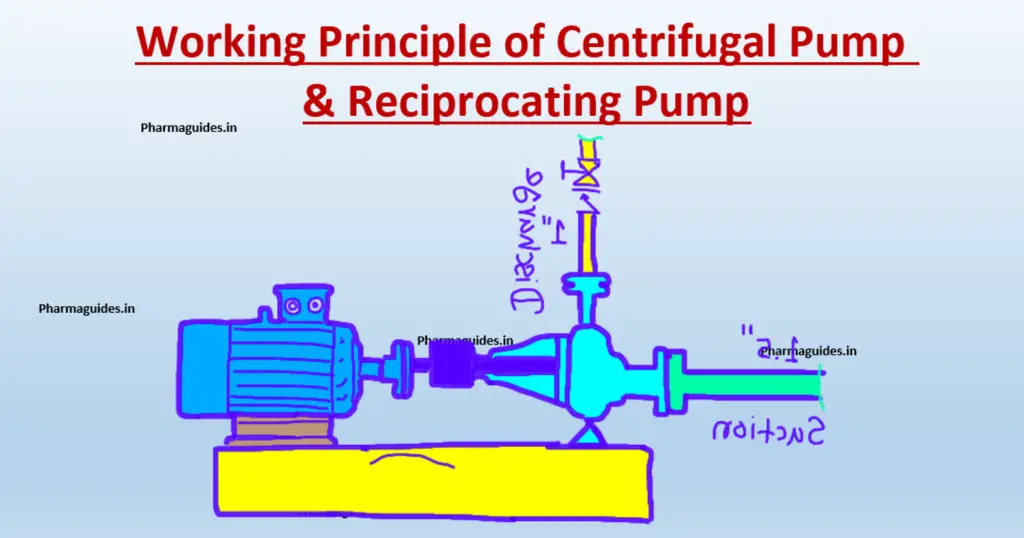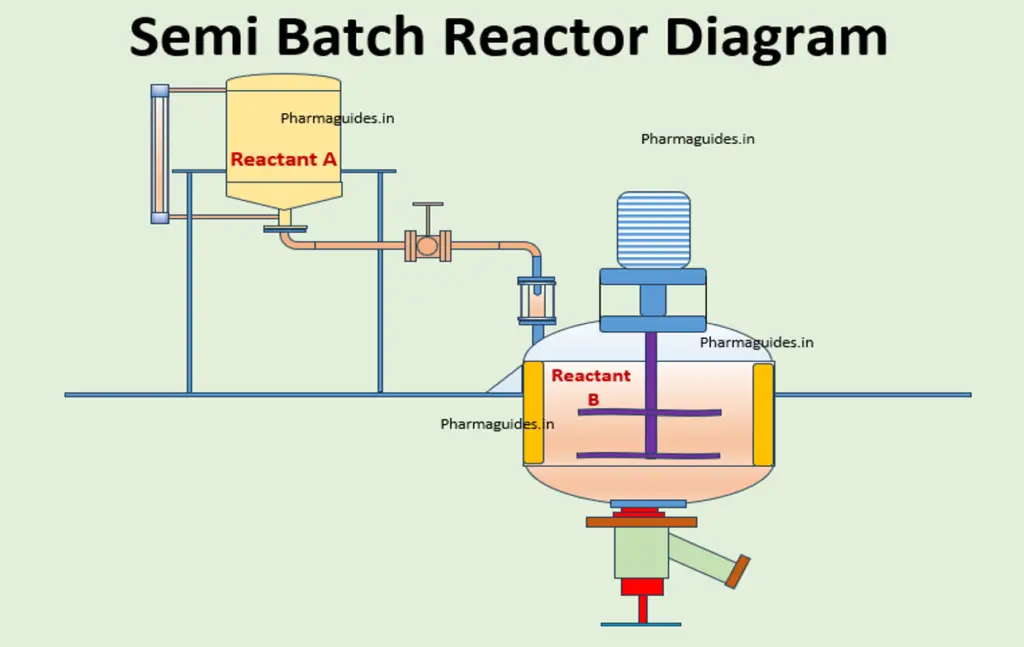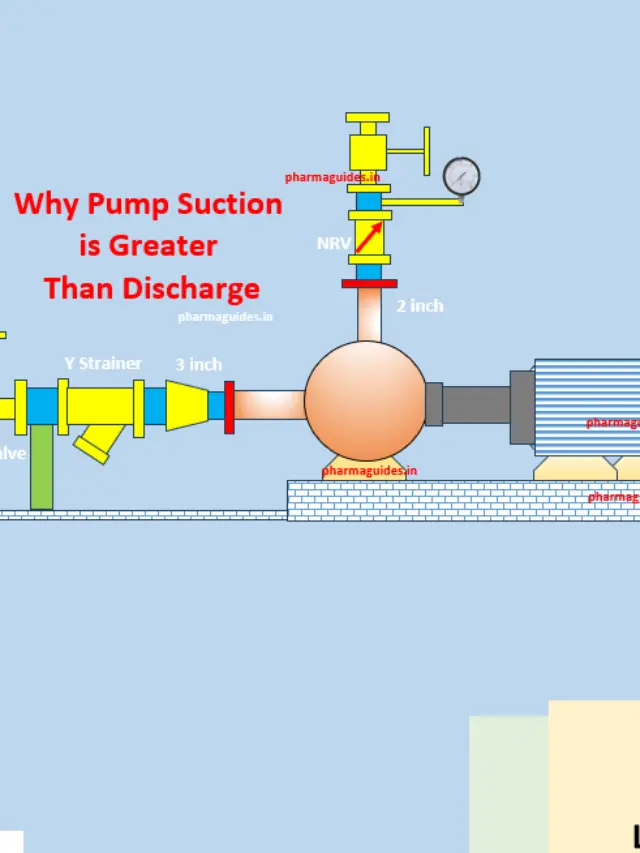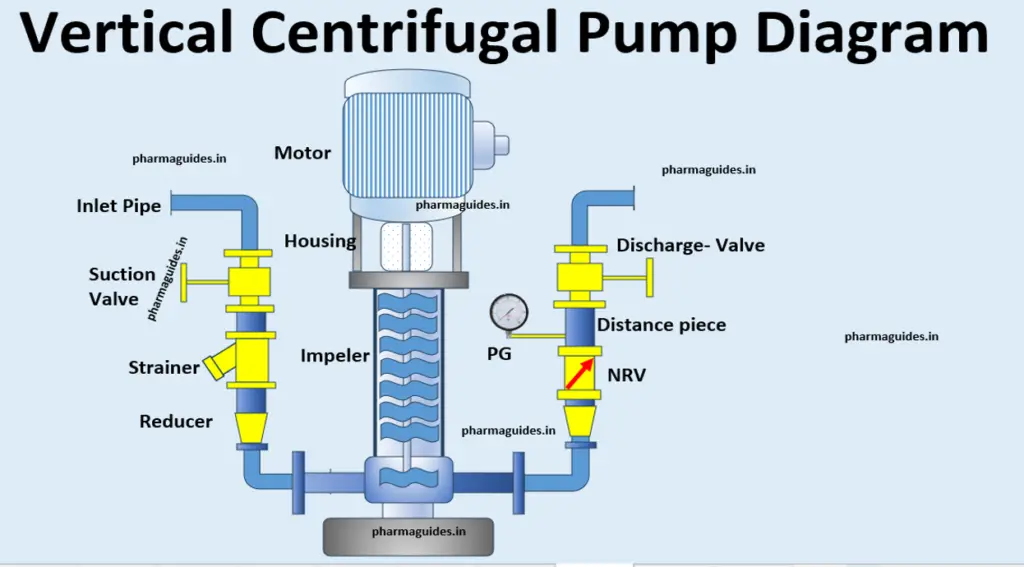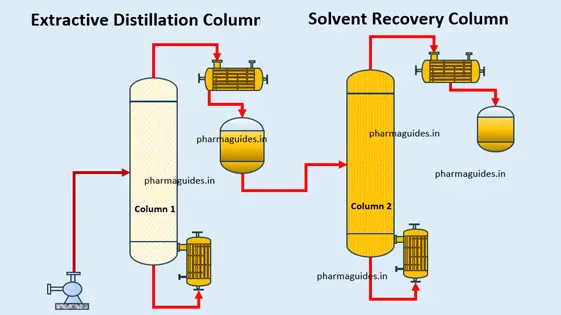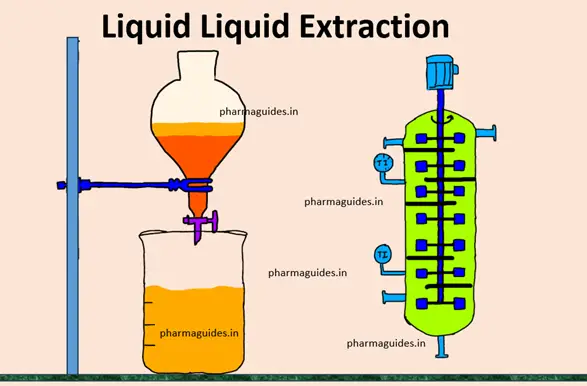Article Contents
why co2 is used in fire extinguisher
Introduction Fire extinguisher
Fire extinguishers are vital tools for safeguarding lives and property, providing a means to combat and control fires in their early stages. Among the various types of fire extinguishers, those utilizing carbon dioxide (CO2) as their extinguishing agent hold a unique position. In this article, we will explore the fascinating reasons behind the use of CO2 in fire extinguishers and delve into its effectiveness, characteristics, and benefits.

The Power of Carbon Dioxide (CO2)
Carbon dioxide, a naturally occurring gas, is well-known for its numerous applications in various industries. However, one of its most valuable uses is in fire suppression. CO2 is widely preferred for its ability to rapidly and effectively extinguish fires without leaving behind any harmful residue or damaging the surrounding environment.
- Inerting Effect:
When CO2 is discharged from a fire extinguisher, it displaces oxygen, reducing its concentration and creating an oxygen-deficient environment. Since fire requires oxygen to sustain combustion, removing or significantly reducing the oxygen level effectively suffocates the flames, ultimately extinguishing the fire. This inerting effect of CO2 proves particularly useful in combating fires involving flammable liquids, electrical equipment, or Class B and Class C fires. - Non-Conductive Properties:
Another noteworthy feature of CO2 is its non-conductivity. Unlike water or foam-based fire extinguishers, CO2 extinguishers do not conduct electricity. This property is crucial when dealing with fires involving electrical equipment or live electrical wires, as it minimizes the risk of electric shock for both the user and the equipment. CO2 can safely be used on electrical fires, making it an indispensable choice in areas with a high concentration of electrical equipment, such as server rooms, laboratories, or industrial settings. - Residue-Free Extinguishing:
CO2 fire extinguishers offer a distinct advantage by leaving no residue after deployment. Once the CO2 gas dissipates, no cleanup or additional damage control is required. This makes CO2 extinguishers particularly suitable for protecting sensitive equipment, delicate machinery, or environments where minimizing damage and downtime is critical, such as computer server rooms, data centers, museums, or libraries. - Rapid Suppression:
CO2 is known for its quick dispersion and excellent penetration abilities. When discharged, CO2 rapidly expands, filling the surrounding area and reaching even hard-to-reach areas. This efficient dispersion ensures that the fire is suppressed thoroughly and effectively, reducing the risk of re-ignition. - Environmental Considerations:
As concerns for environmental sustainability grow, CO2’s environmental characteristics deserve attention. Unlike certain fire suppressants that contain chemicals harmful to the ozone layer, CO2 is environmentally friendly. It does not contribute to ozone depletion or have a significant impact on the greenhouse effect when used in fire extinguishers. Moreover, CO2 is readily available, cost-effective, and does not pose long-term disposal challenges.
how do you operate a portable co2 fire extinguisher
Operating a portable CO2 fire extinguisher is relatively straightforward. Here are the general steps to follow:
- Assess the Situation:
Before attempting to use a fire extinguisher, evaluate the fire to ensure it is small and manageable. If the fire is already large, spreading rapidly, or poses a significant risk to your safety, evacuate the area and call emergency services immediately. - Verify that it’s a CO2 Fire Extinguisher:
Identify the type of fire extinguisher you have in hand. CO2 fire extinguishers are typically distinguishable by their cylindrical shape and the prominently displayed “CO2” label or markings. Familiarize yourself with the specific instructions and operating guidelines on the extinguisher itself. - Prepare for Operation:
Position yourself a safe distance away from the fire, keeping an escape route behind you. Ensure that others in the vicinity are aware of the situation and maintain a clear path for evacuation if needed. - Pull the Safety Pin:
Locate the safety pin, typically connected to a tamper seal or a plastic tab, and remove it. This pin is designed to prevent accidental discharge of the extinguisher. - Aim at the Base of the Fire:
Hold the extinguisher upright, firmly grasping the handle. Point the nozzle or horn at the base of the fire. It’s crucial to aim at the source of the fire rather than the flames themselves. - Squeeze the Lever:
With a swift and decisive motion, squeeze the operating lever on the extinguisher. This action will release the CO2 gas from the extinguisher. Keep in mind that CO2 fire extinguishers do not have a pressure gauge, so there won’t be a visual indication of the gas discharge. - Sweep from Side to Side:
While maintaining the aim at the base of the fire, sweep the extinguisher from side to side in a controlled manner. This sweeping motion helps to cover a wider area and ensures that the CO2 gas reaches all parts of the fire. - Observe the Fire:
Watch closely for any signs of the fire subsiding. If the fire is not extinguished after discharging the entire contents of the extinguisher or if it reignites, evacuate the area immediately and seek professional assistance. - Secure the Area and Seek Inspection/Refilling:
After the fire is under control or extinguished, secure the area to prevent re-ignition. Even if you have partially used the CO2 extinguisher, it should be taken to a professional fire equipment service provider for inspection, recharge, or replacement.
Remember, it’s crucial to familiarize yourself with the specific instructions provided by the manufacturer for the CO2 fire extinguisher you possess, as there might be slight variations in operating procedures depending on the model or brand. Regular maintenance and periodic training on fire extinguisher operation are highly recommended to ensure preparedness and safety.
Conclusion
Carbon dioxide, an essential component of the Earth’s atmosphere, plays a remarkable role in fire safety when utilized in fire extinguishers. Its inerting effect, non-conductivity, residue-free extinguishing, rapid suppression capabilities, and environmental friendliness make CO2 an invaluable ally in the fight against fires. By understanding and appreciating the unique properties of CO2, we can continue to enhance fire safety measures and protect lives and property effectively.
https://bharatifire.com/Firefite_Extinguisher_Carbon-Di-Oxide.php






